Tesla has reached a new milestone with the installation of its Powerwall energy storage systems around the world, just as the company starts rolling out its next-generation version of the system in the U.S.
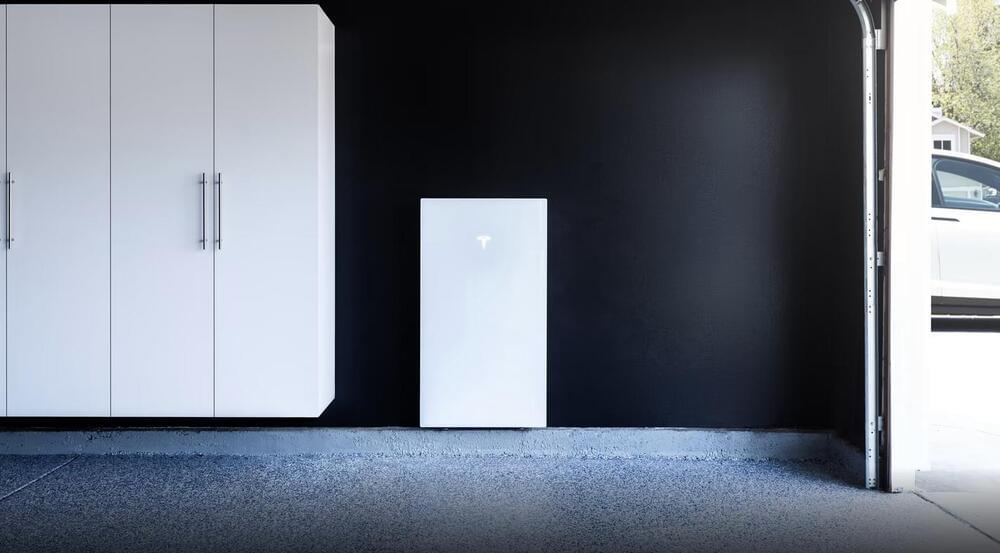

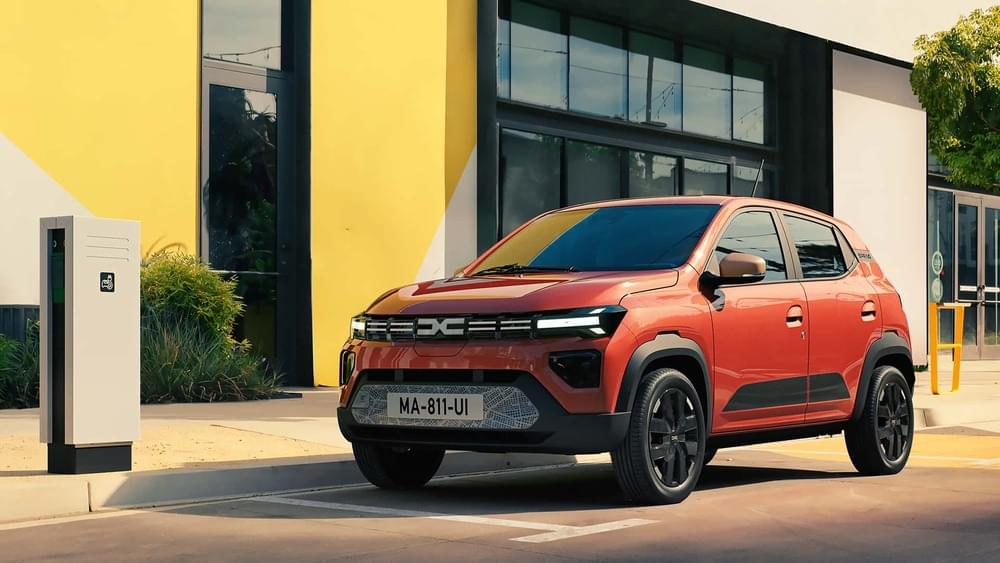
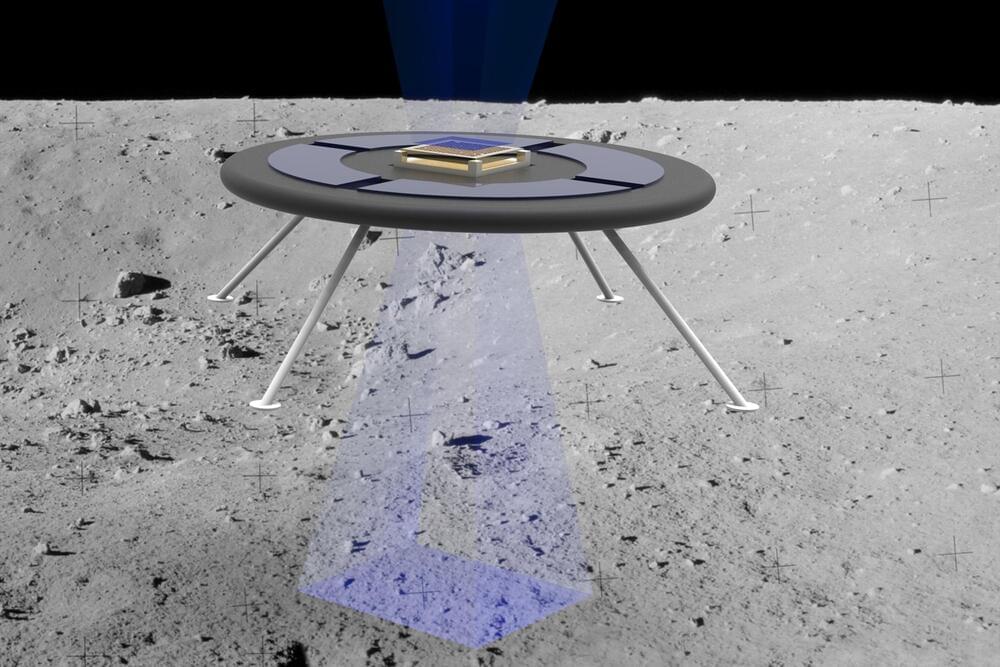
Year 2021 face_with_colon_three
Because they lack an atmosphere, the moon and other airless bodies such as asteroids can build up an electric field through direct exposure to the sun and surrounding plasma. On the moon, this surface charge is strong enough to levitate dust more than 1 meter above the ground, much the way static electricity can cause a person’s hair to stand on end.
Engineers at NASA and elsewhere have recently proposed harnessing this natural surface charge to levitate a glider with wings made of Mylar, a material that naturally holds the same charge as surfaces on airless bodies. They reasoned that the similarly charged surfaces should repel each other, with a force that lofts the glider off the ground. But such a design would likely be limited to small asteroids, as larger planetary bodies would have a stronger, counteracting gravitational pull.
The MIT team’s levitating rover could potentially get around this size limitation. The concept, which resembles a retro-style, disc-shaped flying saucer, uses tiny ion beams to both charge up the vehicle and boost the surface’s natural charge. The overall effect is designed to generate a relatively large repulsive force between the vehicle and the ground, in a way that requires very little power. In an initial feasibility study, the researchers show that such an ion boost should be strong enough to levitate a small, 2-pound vehicle on the moon and large asteroids like Psyche.

A team of MIT researchers has figured out a way to create a supercapacitor simply by mixing cement, the binding ingredient of concrete, and a fine charcoal product called carbon black together with water.
Better yet, this mixture could allow a home to store a full day’s worth of energy in its foundation, potentially paving the way to an efficient renewable energy storage solution that doesn’t rely on mining rare Earth metals.
Roads made up of the material could even power electric cars wirelessly, the researchers say, or windmills could store their generated energy in their base.
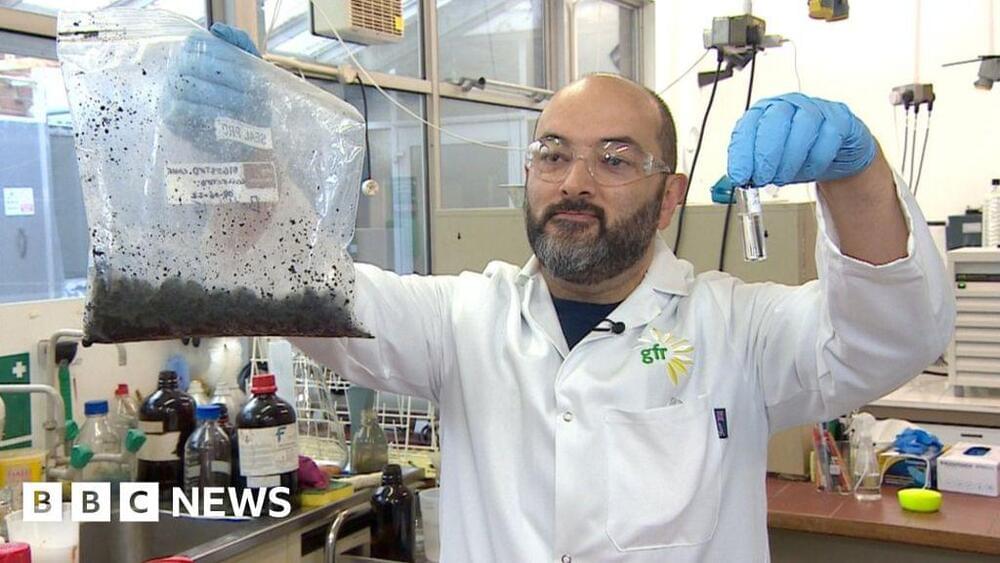
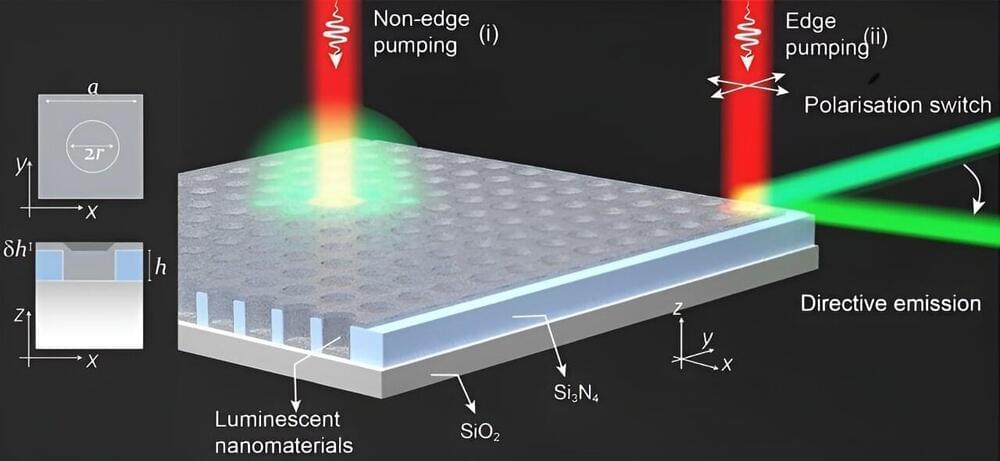
National University of Singapore researchers and their collaborators have unveiled a novel concept termed “supercritical coupling” that enables a several-fold increase in photon upconversion efficiency. This discovery not only challenges existing paradigms, but also opens a new direction in the control of light emission.
Photon upconversion, the process of converting low-energy photons into higher-energy ones, is a crucial technique with broad applications, ranging from super-resolution imaging to advanced photonic devices. Despite considerable progress, the quest for efficient photon upconversion has faced challenges due to inherent limitations in the irradiance of lanthanide-doped nanoparticles and the critical coupling conditions of optical resonances.
The concept of “supercritical coupling” plays a pivotal role in addressing these challenges. This fundamentally new approach, proposed by a research team led by Professor Liu Xiaogang from the Department of Chemistry, NUS and his collaborator, Dr. Gianluigi Zito from the National Research Council of Italy leverages on the physics of “bound states in the continuum” (BICs).
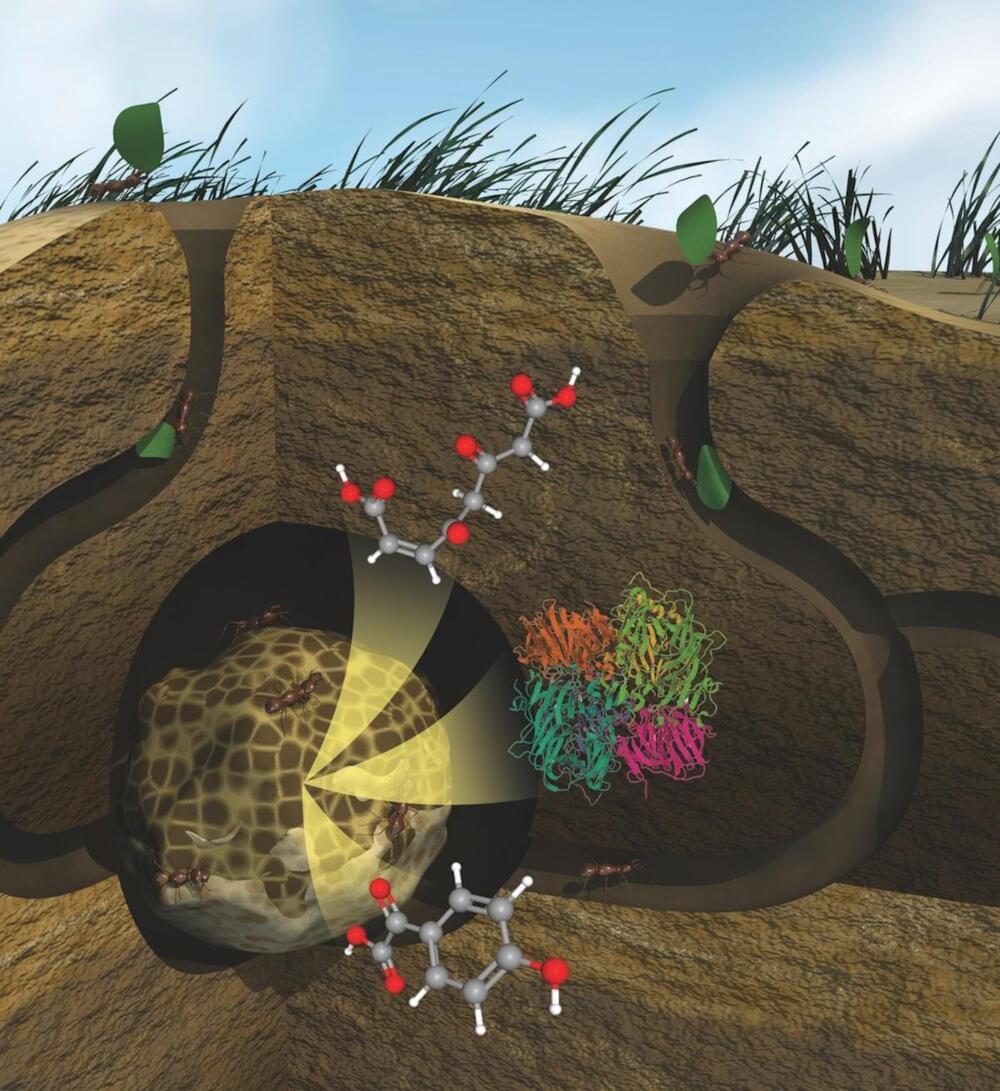
For years, researchers have dedicated themselves to developing methods that can effectively and economically break down plant materials, enabling their transformation into valuable bioproducts that enhance our daily lives.
Bio-based fuels, detergents, nutritional supplements, and even plastics are the result of this work. And while scientists have found ways to degrade plants to the extent needed to produce a range of products, certain polymers such as lignin, which is a primary ingredient in the cell wall of plants, remain incredibly difficult to affordably break down without adding pollutants back into the environment. These polymers can be left behind as waste products with no further use.
A specialized microbial community composed of fungus, leafcutter ants, and bacteria is known to naturally degrade plants, turning them into nutrients and other components that are absorbed and used by surrounding organisms and systems. But identifying all components and biochemical reactions needed for the process remained a significant challenge—until now.
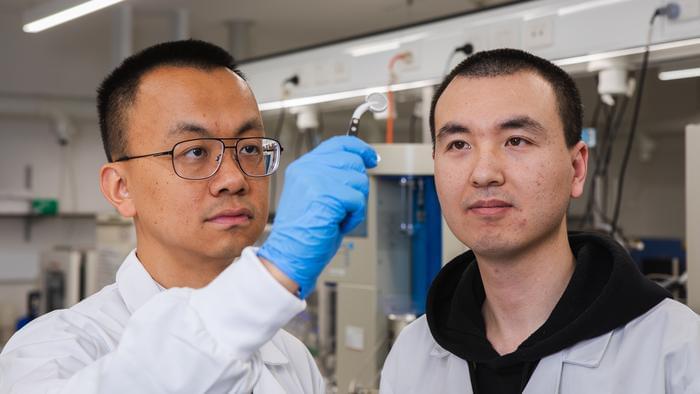
How can water-based batteries help improve lithium-ion energy storage and technology? This is what a series of studies published in Advanced Materials, Small Structures, Energy Storage Materials, and Energy & Environmental Science hopes to address as a team of international researchers led by Liaoning University in China have developed recyclable, aqueous-based batteries that won’t succumb to combustion or explosion. This study holds the potential to help researchers develop safer and more efficient water-based energy storage technologies for a cleaner future.
While lithium-ion batteries have proven reliable, they pose safety risks due to the organic electrolytes responsible for creating the electrical charge, which can lead to them catching fire or exploding, limiting their development for large-scale usage. To solve this problem, the researchers used water for driving the electric current between the battery’s terminals, nearly eliminating the chance for a safety hazard.
“Addressing end-of-life disposal challenges that consumers, industry and governments globally face with current energy storage technology, our batteries can be safely disassembled, and the materials can be reused or recycled,” said Dr. Tianyi Ma, who is a team member and a professor in the STEM | School of Science at RMIT University. “We use materials such as magnesium and zinc that are abundant in nature, inexpensive and less toxic than alternatives used in other kinds of batteries, which helps to lower manufacturing costs and reduces risks to human health and the environment.”

In a novel experiment, physicists have observed long range quantum coherence effects due to Aharonov-Bohm interference in a topological insulator-based device. This finding opens up a new realm of possibilities for the future development of topological quantum physics and engineering.
This finding could also affect the development of spin-based electronics, which may potentially replace some current electronic systems for higher energy efficiency and may provide new platforms to explore quantum information science.
The research, published in the February 20 issue of Nature Physics, is the culmination of more than 15 years of work at Princeton. It came about when Princeton scientists developed a quantum device —called a bismuth bromide (α-Bi4Br4) topological insulator—only a few nanometers thick and used it to investigate quantum coherence.

As interest in wearable technology has surged, research into creating energy-storage devices that can be woven into textiles has also increased. Researchers at North Carolina State University have now identified a “sweet spot” at which the length of a threadlike energy storage technology called a “yarn-shaped supercapacitor” (YSC) yields the highest and most efficient flow of energy per unit length.
“When it comes to the length of the YSC, it’s a tradeoff between power and energy,” said Wei Gao, corresponding author of a paper on the work and an associate professor of textile engineering, chemistry and science at NC State.
“It’s not only about how much energy you can store, but also the internal resistance we care about.”